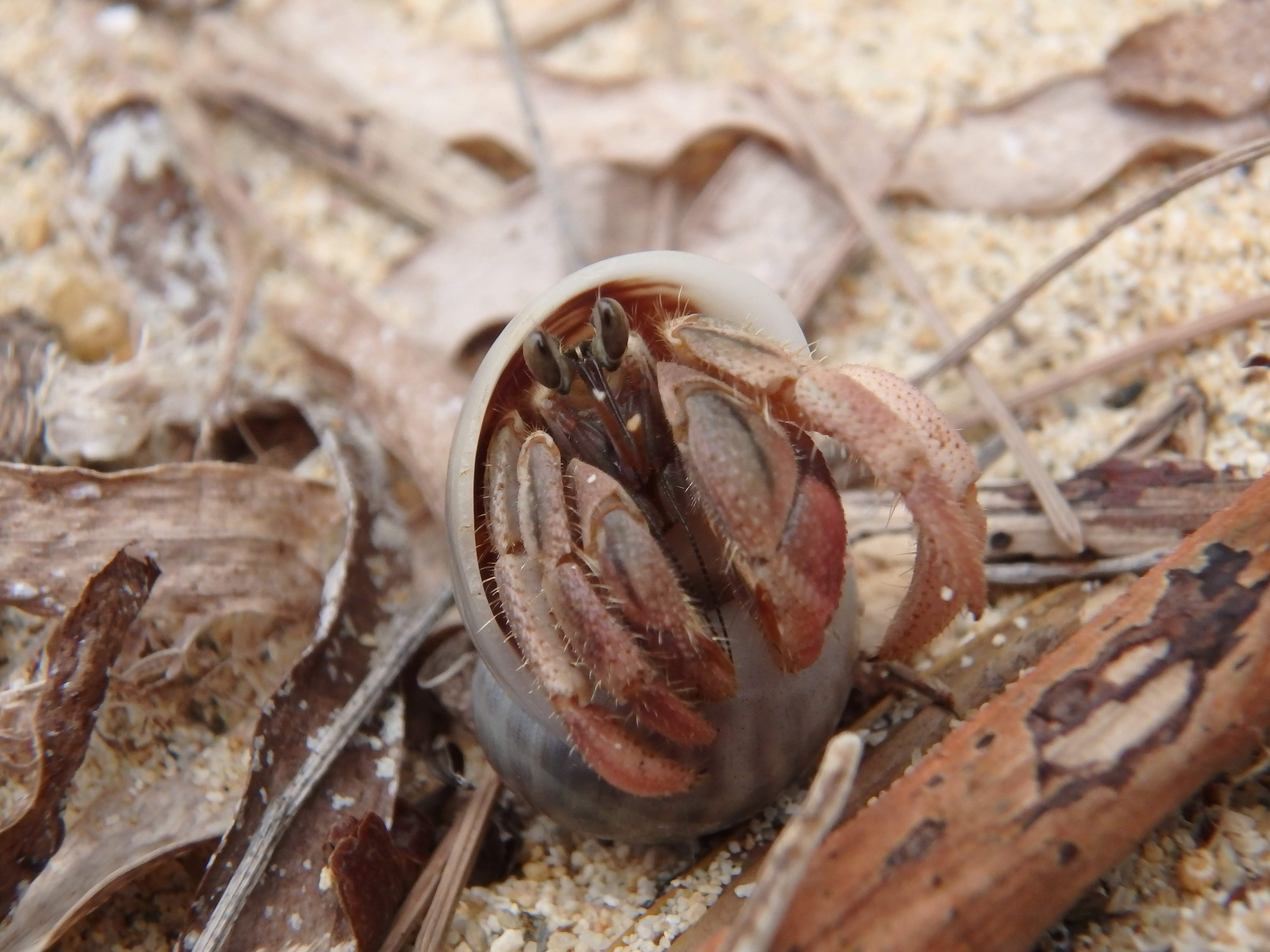Hermit crabs are using old bottle caps and plastic as shells — and it's killing them slowly
Around 570,000 crabs become entrapped in debris each year on the Henderson and Cocos (Keeling) islands
By David Clode on Unsplash
Unlike many other crustaceans, hermit crabs don’t have their own hard shell to protect them. Instead they find an empty shell, often left behind by a sea snail, to climb in. However, hermit crabs are not particular about their shell: in fact, an artist convinced hermit crabs to use 3D printed shelters in the shape of famous cities.
Because of this, we might expect that hermit crabs are quick to adapt to increasing amounts of plastic on their beaches. Indeed, crabs have been found using old bottle caps and other plastic objects as shelters. But a new study by Jennifer Lavers from the University of Tasmania shows that this plastic is in fact incredibly damaging to hermit crab populations.
The major danger for the crabs is plastic bottles that wash up on shore. If these bottles don’t have a cap or have a hole of some sort, the hermit crabs may climb in them. However, they often can’t climb out again and get stuck without food and water, causing them to die after about a week.

Hermit crabs as seen in Okinawa.
Dori Grijseels (2019)
This is the start of a chain reaction. Hermit crabs rely on their shells to survive, and good shells are hard to come by. If a crab dies, it releases a special odor that other crabs can detect. They will climb into the bottle in search of the shell of the dead crab, but get stuck themselves. This was probably the cause of the single bottle with 526 hermit crabs stuck in it that the researchers found. They estimated the total number of hermit crabs that got stuck in bottles on the Cocos (Keeling) Islands and Henderson Island was about 507,000 and 62,000 respectively.
We often hear about the damage plastics cause in our oceans, but this research shows that the effects are not limited to marine environments. Many terrestrial animals are also endangered by the plastics that accumulate on beaches. If we don’t reduce the amount of plastics that end up in the ocean, we could risk extinction of these species.





















